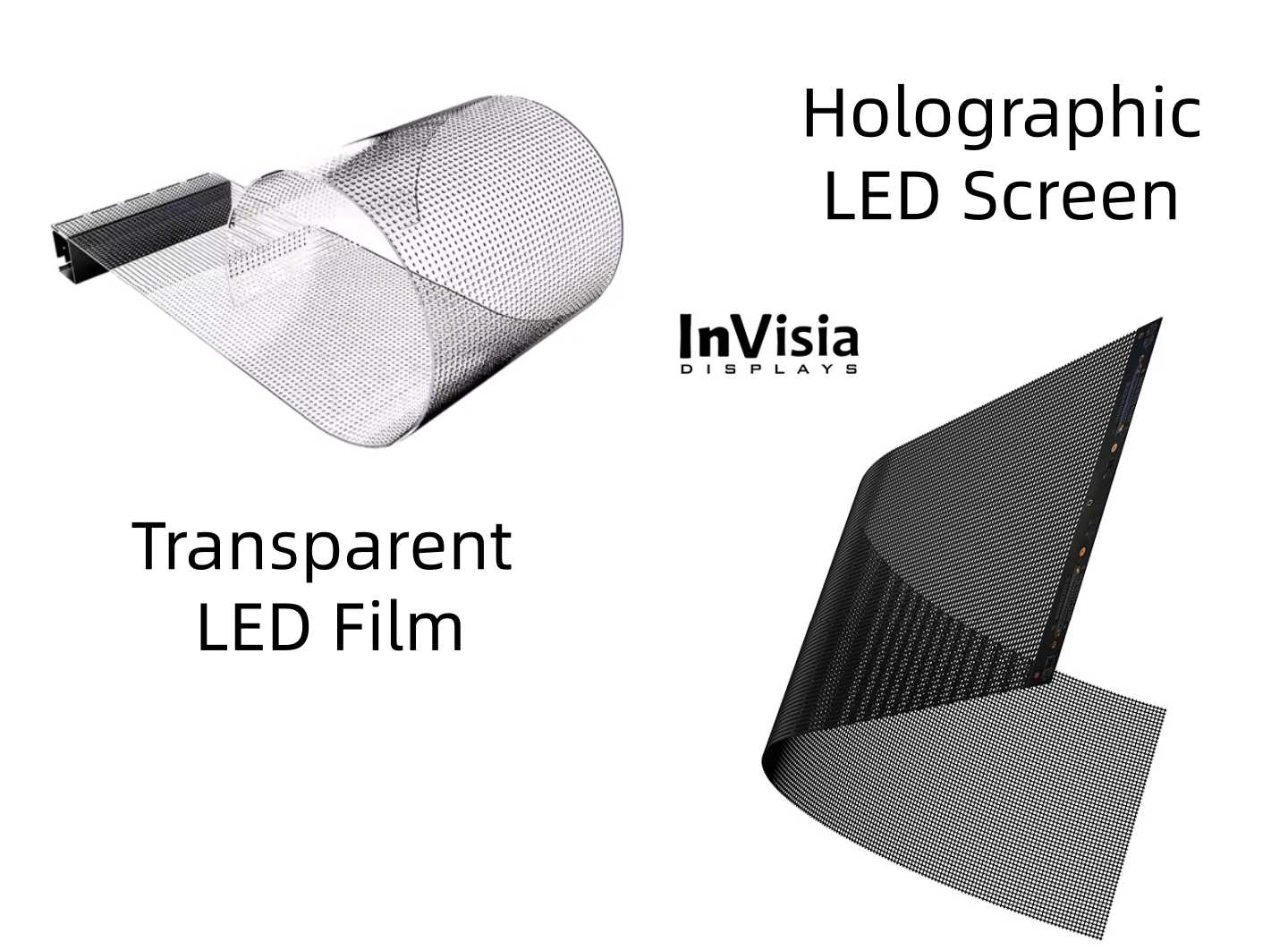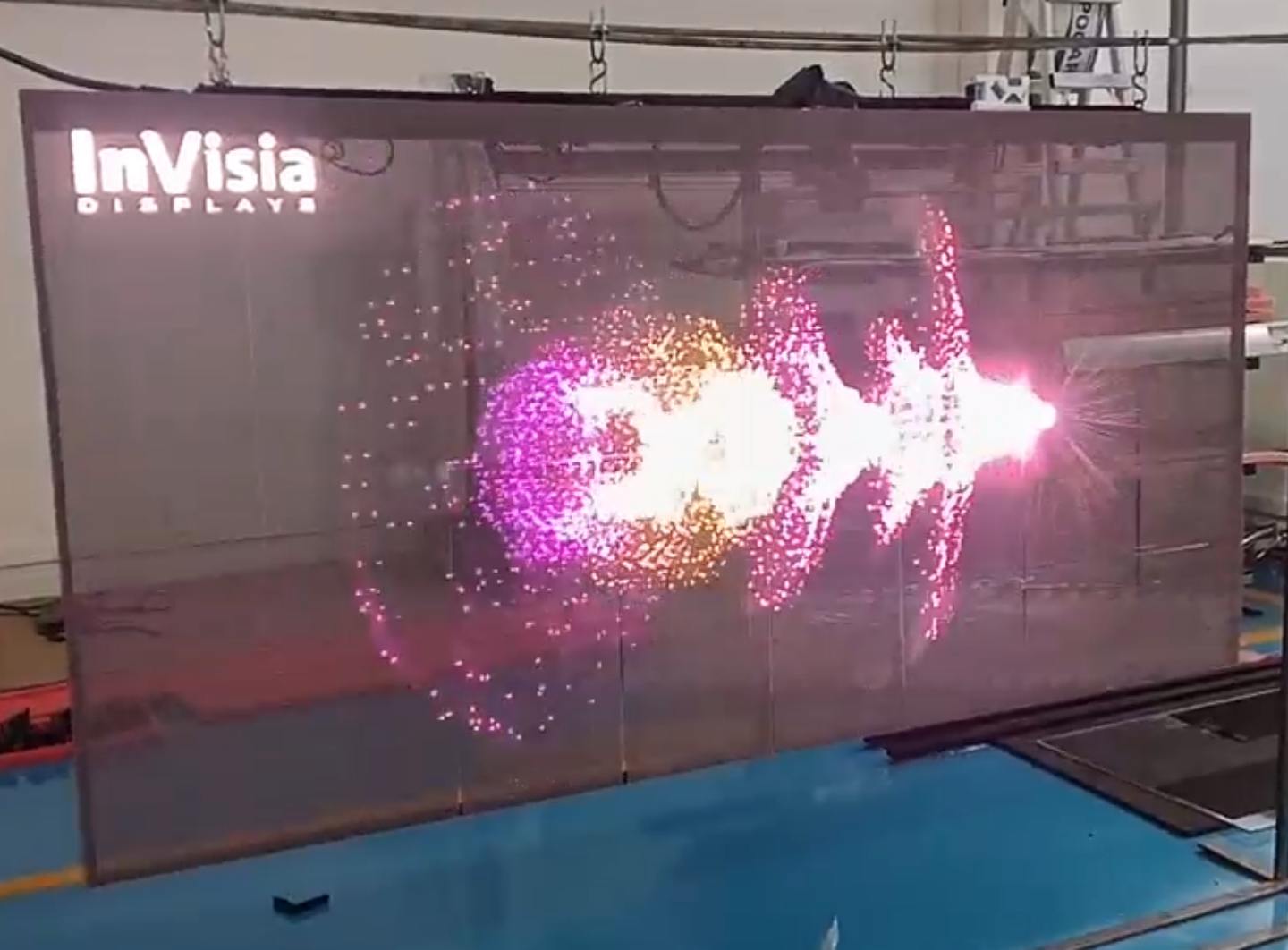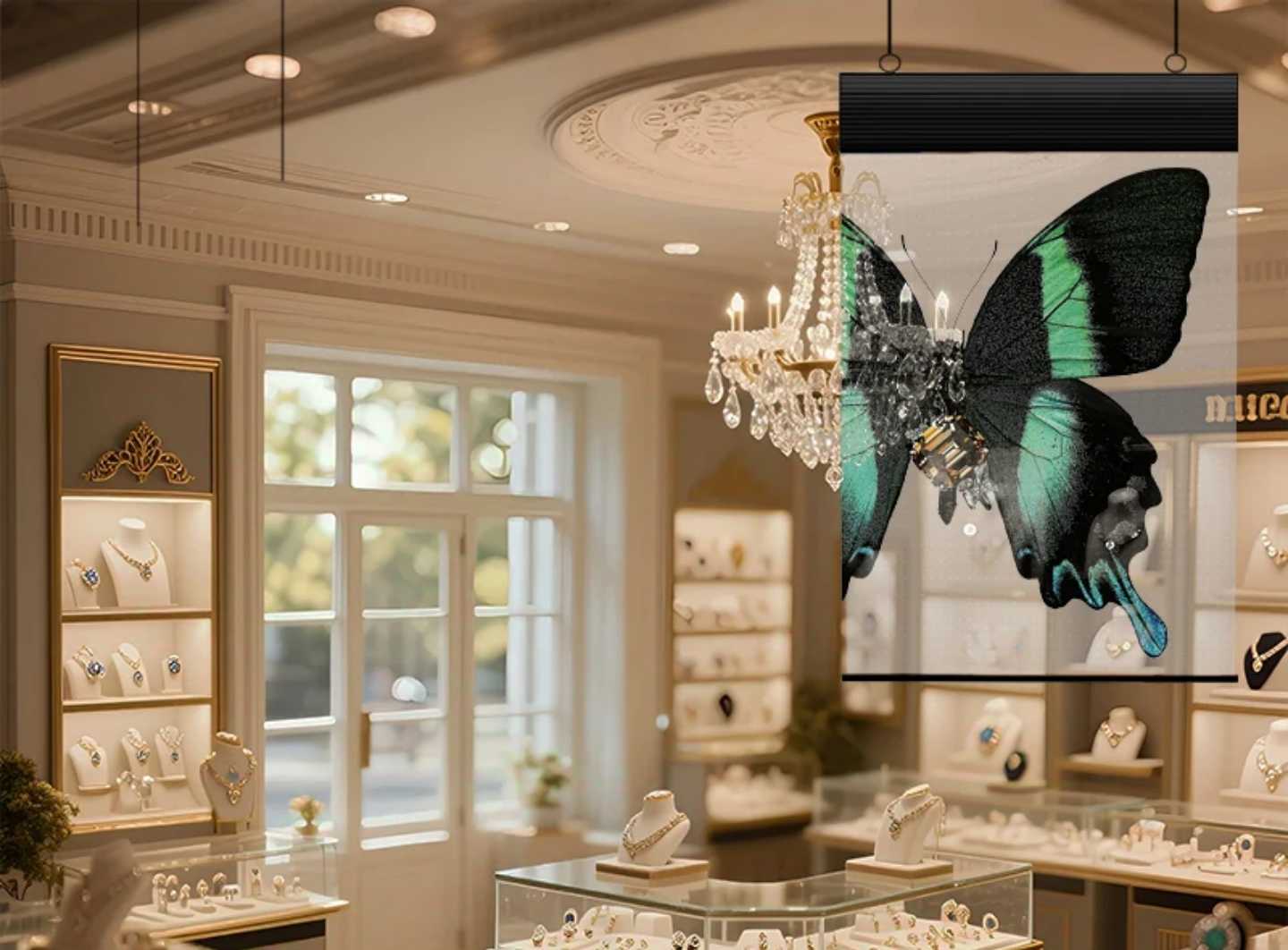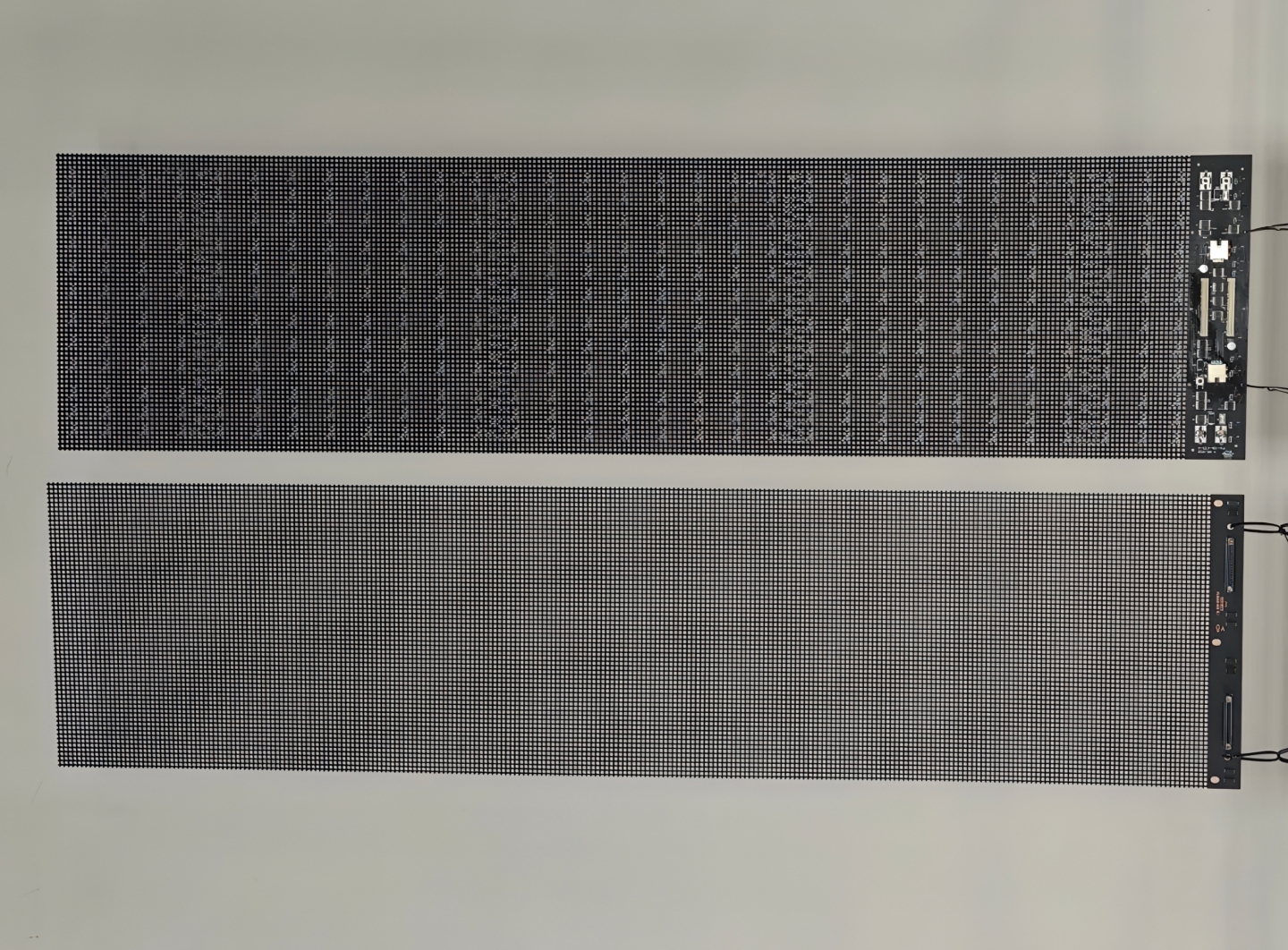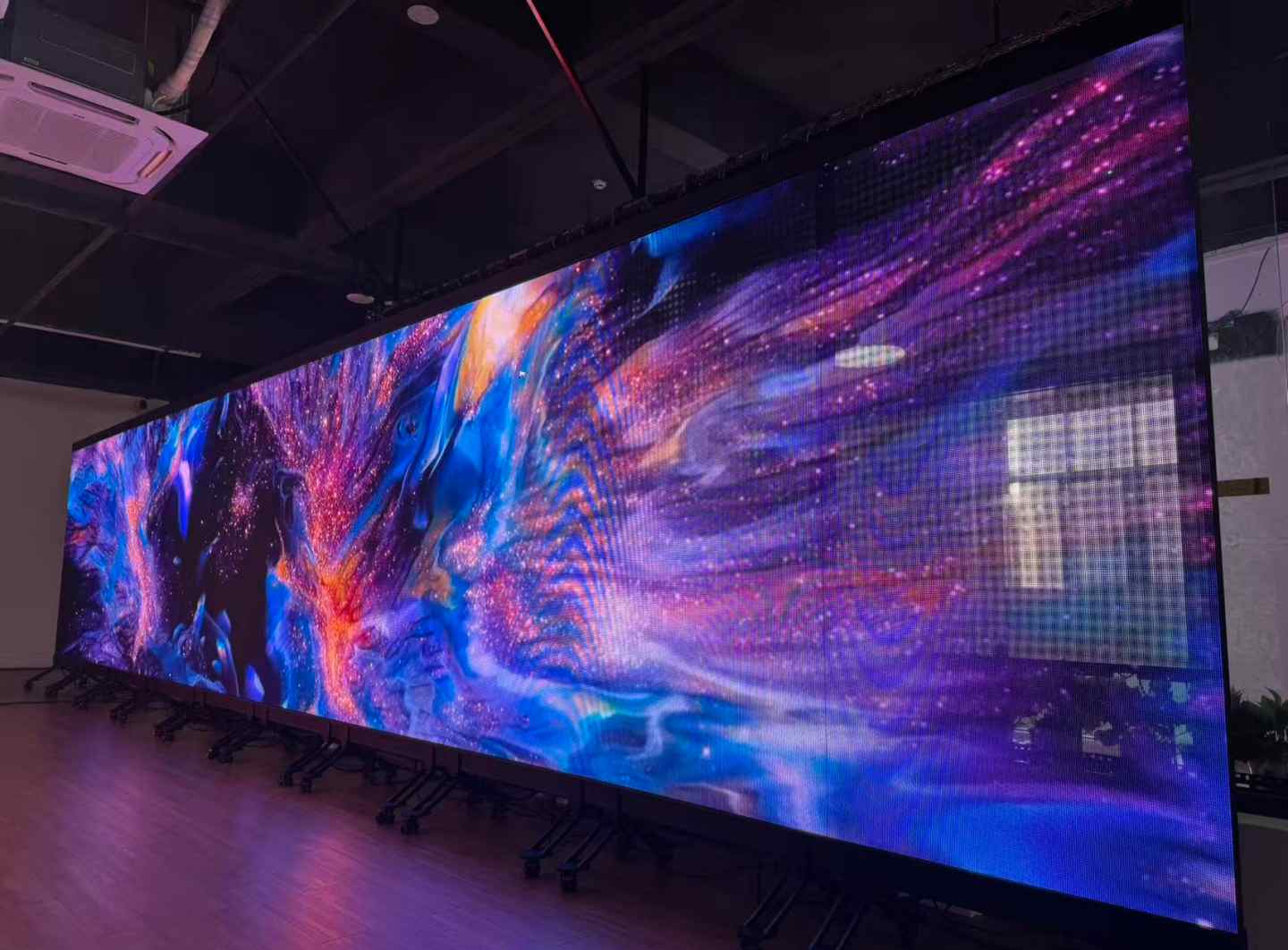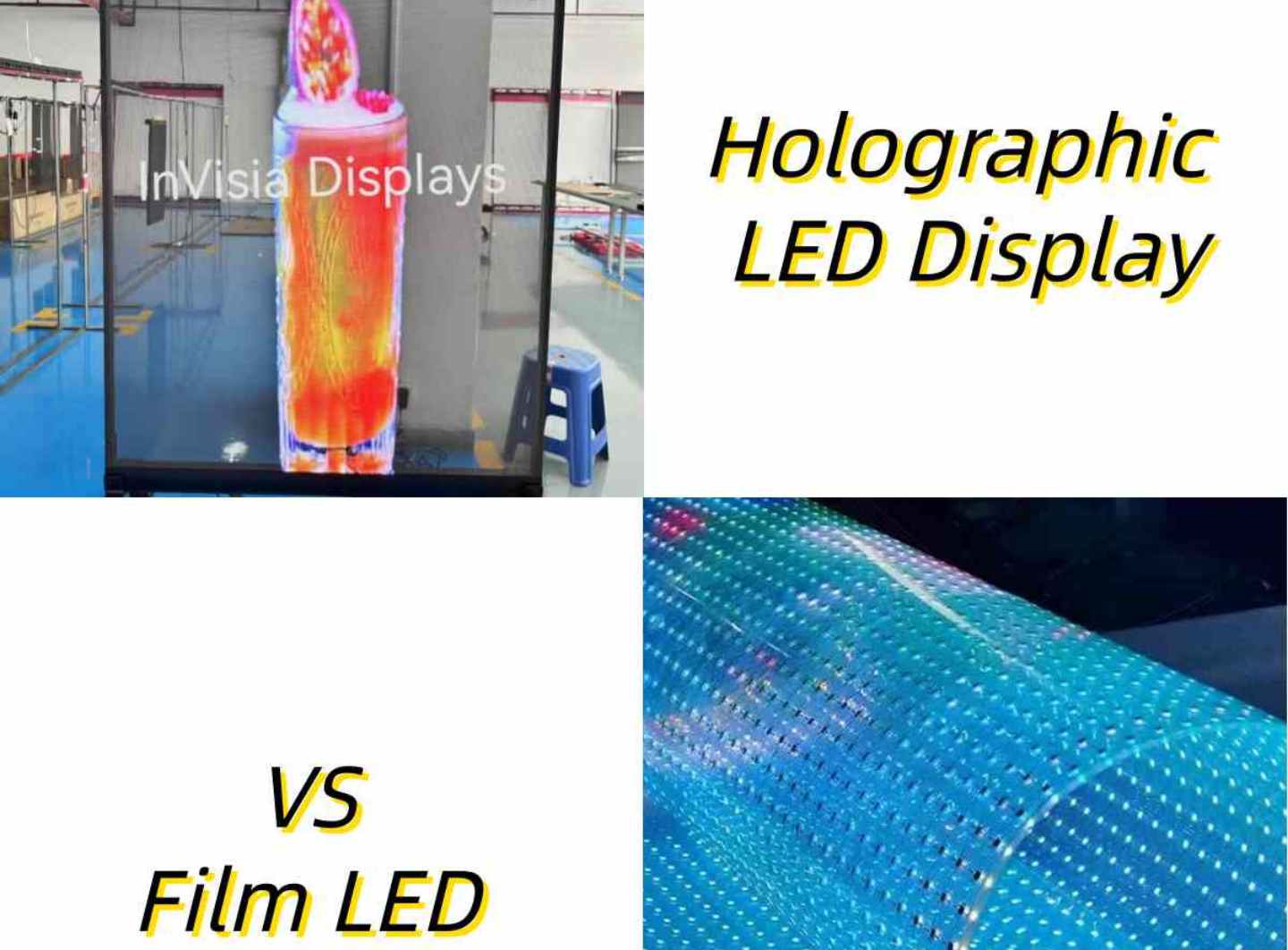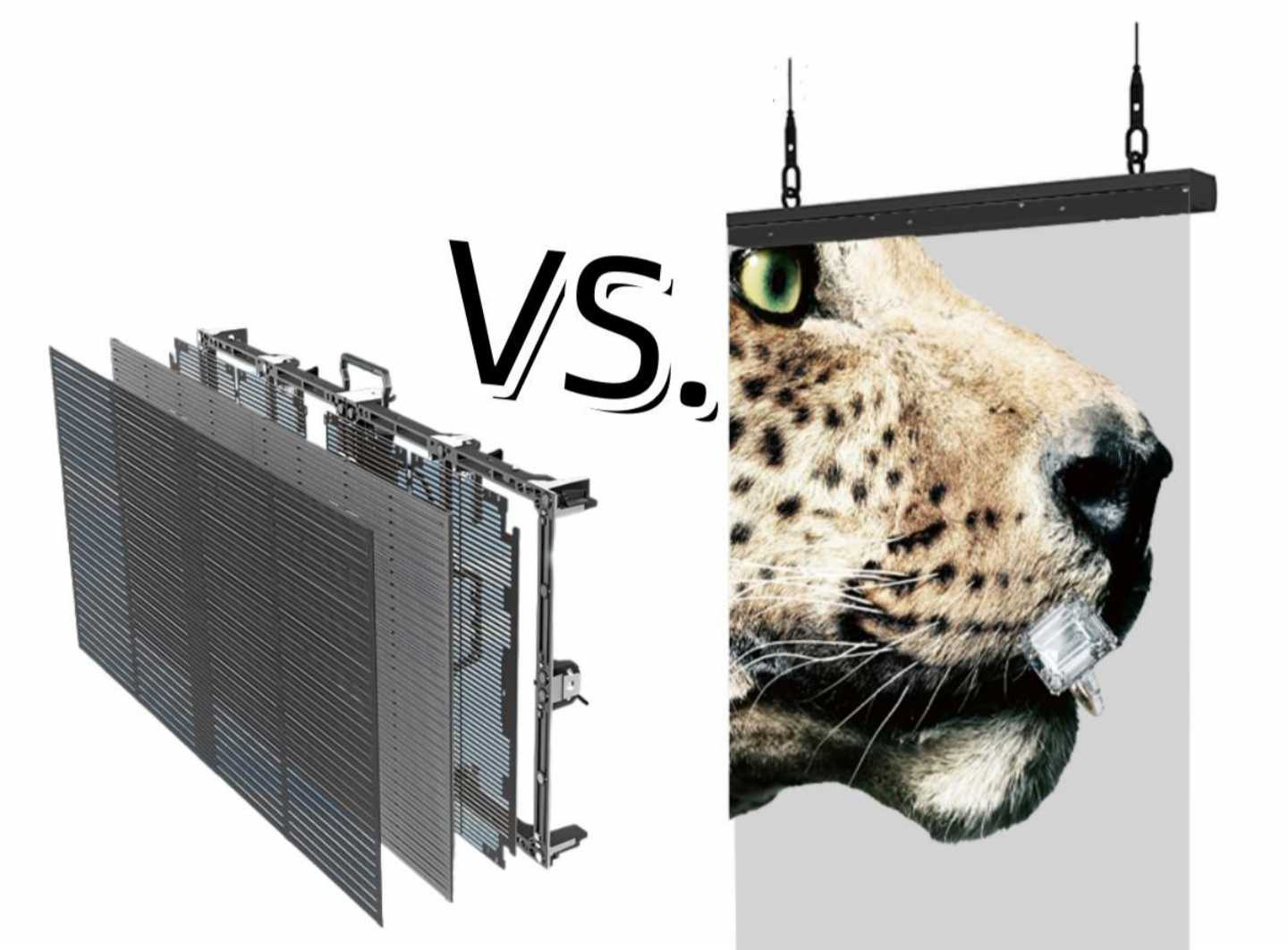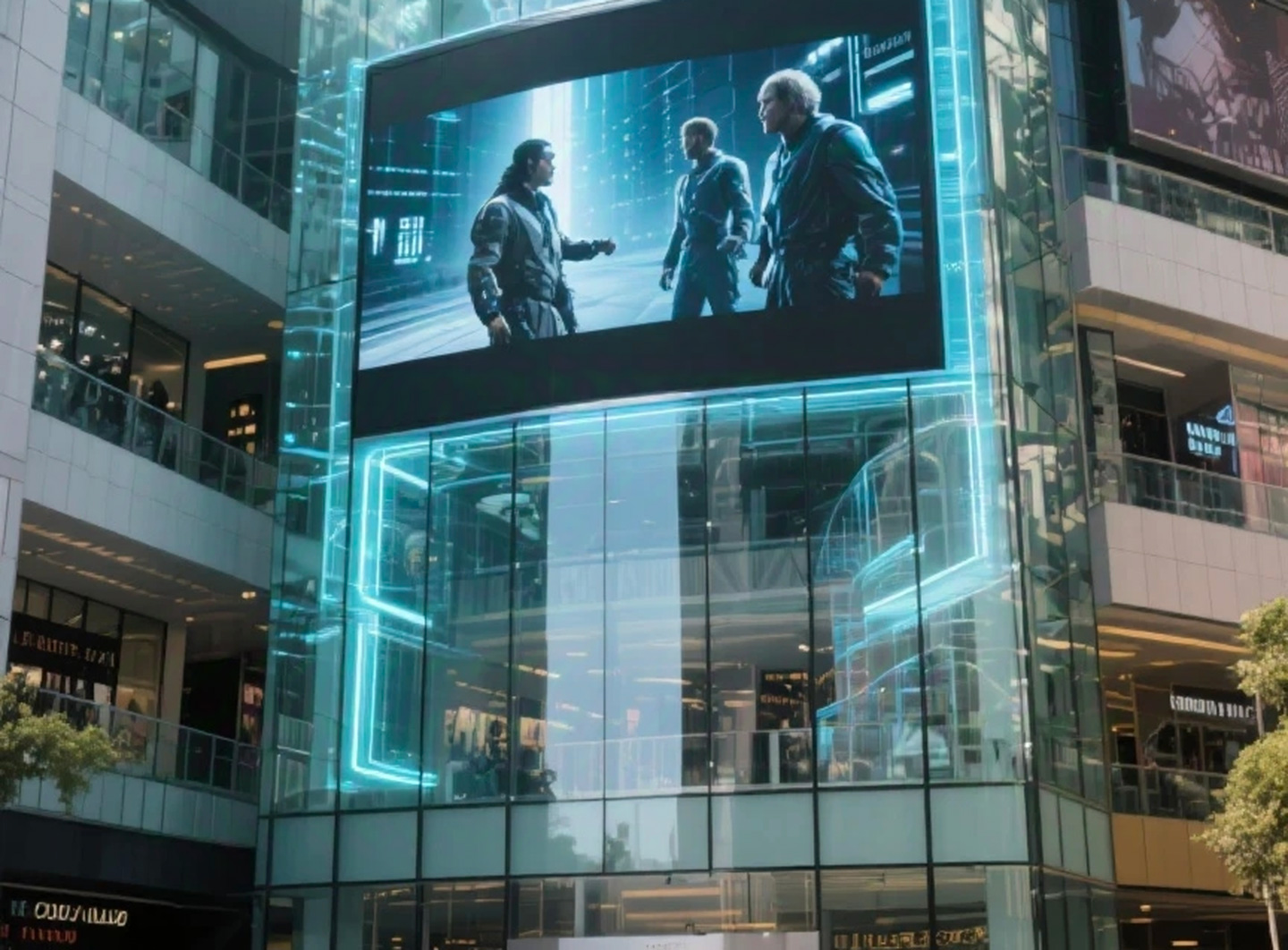Holographic LED Screen vs Transparent LED Film: Key Advantages Compared
With the rapid development of science and technology, the LED transparent screen market is changing with each passing day. Among them, LED holographic screens and LED flexible film screen have attracted widespread attention with their unique characteristics. Both have their own advantages, which makes people wonder: Who is the top LED product? This article will give you an in-depth analysis of the features and differences between these two products to help you make a wise choice.
What Is a Holographic LED Screen?
A Holographic LED Screen uses a frameless (skeletonless) design and advanced LED driver IC technology. With over 85% light transmittance, it provides floating, 3D-like visual effects on glass walls, exhibitions, and high-end venues. The flexibility of the screen allows bending and cutting for creative installations on curved or flat surfaces, offering unmatched visual transparency and design freedom.
What Is a Transparent LED Film Display?
The Transparent LED Film Screen uses ultra-thin (≤2mm) flexible LED film with a transparent conductive layer. Lightweight and easy to install, it can be directly attached to glass without altering the building’s structure. With a high brightness of 5000–6000 nits and up to 94% transparency, it delivers vivid visuals at a lower cost, making it an attractive option for retail windows, shopping malls, and creative displays.
LED holographic screen:
- Skeletonless design: The biggest feature of the LED holographic screen is the skeletonless design. Due to its weak driving capability, traditional LED transparent screens need to be fixed on a small number of skeleton to ensure stable image display. However, this will cause the entire screen to appear grid-like, making it impossible to achieve complete transparency. LED holographic screens have completely changed this situation. Through self-developed IC and high-quality materials, the driving force is greatly improved while keeping the screen completely transparent.
- High light transmittance: The LED holographic screen has extremely high light transmittance and can reach a sensory transparency rate of more than 85%. This means that even when the screen is turned off, viewers can still clearly see what’s behind it. This high light transmittance makes LED holographic screens widely used in commercial and architectural decoration and other fields.
- Flexibility: The LED holographic screen is extremely flexible and can be bent and cut, just like a big “film”. This flexibility allows it to be easily applied to a variety of flat and curved surfaces such as glass, walls and exhibits.
LED flexible film screen:
- Thin, light and beautiful: The LED flexible film screen adopts thin and flexible LED display technology. The design is relatively thin and light, making it easy to carry and install. Its screen thickness is less than 2mm, weighs only 6kg per square meter, and can be directly attached to transparent glass.
- High cost performance: Although the display effect of the LED flexible film screen is slightly inferior to that of the LED holographic screen, its price is relatively low, and it has high brightness and contrast, and can present clear and vivid image effects. This high cost performance makes LED flexible film screens have wider applicability in the market.
- Widely used: LED flexible film screens have high light transmittance and can reach more than 85% light transmittance, so they are widely used in commercial and architectural decoration and other fields. In addition, due to its lightweight design and simple installation method, the LED crystal film screen is also easy to carry and install, making it suitable for a variety of different scenes and surfaces.
Which LED Display Solution Is Right for You?
To sum up, LED holographic screens and LED flexible film screens each have their own unique advantages. If you pursue higher picture performance and transparency, have a relatively generous budget and have high requirements for the installation environment, you can choose an LED holographic screen; if you value more cost-effectiveness and wide applicability, then an LED flexible film screen will be your ideal choice. select. When choosing, please weigh and choose based on your actual needs and budget. With the continuous advancement of technology and the continuous expansion of application scenarios, I believe that the performance and functions of these two products will continue to be improved and perfected. let us wait and see!

